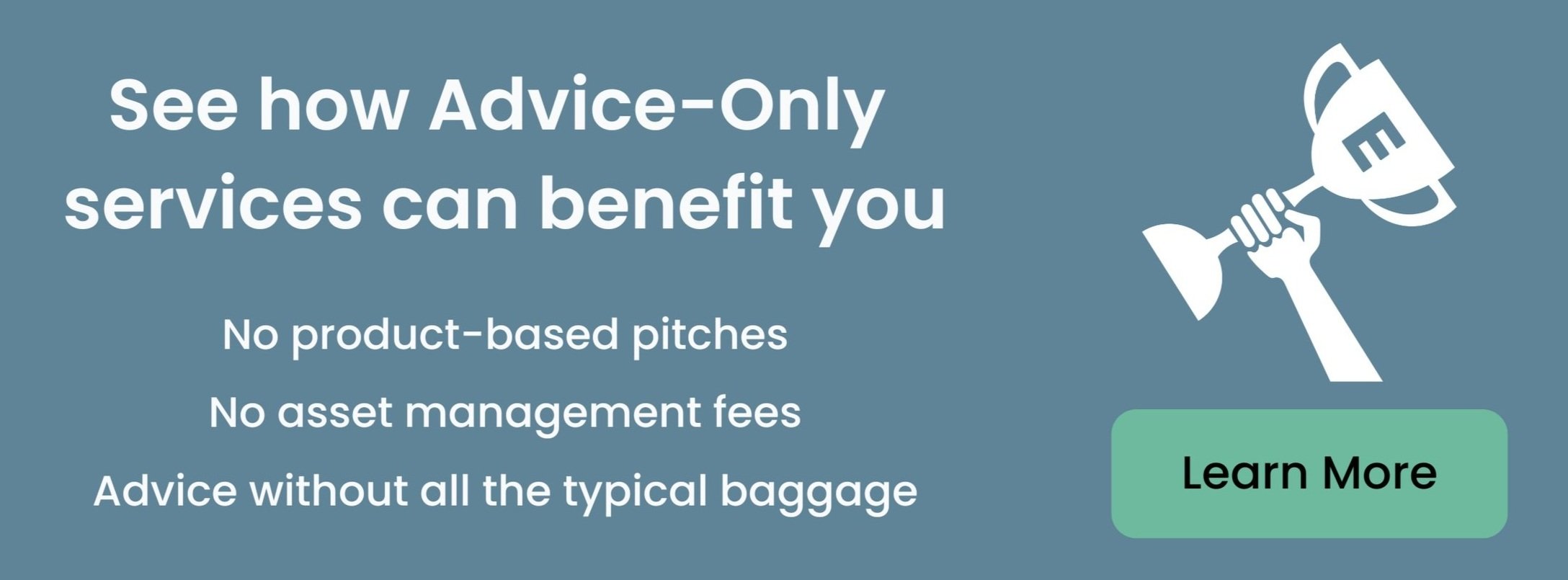Using a DAF to Pay Tithing
If you are someone who pays tithing, you’re probably aware that you can deduct your charitable contributions up to certain amounts. However, you may not be aware that there is a very cool charitable vehicle called a Donor Advised Fund (DAF) that can help facilitate tithing payments, increase the deduction you receive, grow over time, and provide even more funds for your organization of choice.
People may argue over how to properly pay tithing, but generally speaking, there is little argument that if they’re going to pay it, they’d like to receive the biggest possible benefit that the government allows when making charitable donations.
In this article, we’re going to discuss:
How charitable deductions work
How DAFs work
The benefits of using a DAF
How to pay tithing with a DAF
Who should use a DAF to pay tithing
By the end of this article, you should have a better idea of how your tithing and charitable contributions affect your taxes and whether or not using a DAF would make sense for you.
Charitable Contribution Deduction Basics
Making charitable contributions usually has a positive impact on society and the IRS has rules that aim to reward this impact.
When you pay tithing or donate to qualifying organizations, the IRS says that you can use whatever you contributed to reduce the taxes you’re expected to pay.
The conversation with the IRS goes roughly like this.
“Hey there, IRS, I made $150k, but donated $15k of it to charity.” The IRS responds with, “Okay, so it’s more like you had a taxable income of $135k. Congrats on making 6 figures!”
The math doesn’t work out quite this easily partially because there are two different methods for taking deductions on your personal income. Those two methods are:
Standard Deduction
Itemized Deductions
The standard deduction is available to all US taxpayers and is the easiest to calculate. For 2024 it’s either $14,600 if you're single or $29,200 if you’re married. This means that if you made $150k, you’d be able to reduce your taxable income by either $14,600 or $29,200, for a taxable income of either $135,400 if single or $120,800 if married.
Itemized deductions are also available to all US taxpayers, but they only apply if all of your itemized deductions add up to more than your standard deduction. The three most common itemized deductions you can add together are:
Mortgage interest
State and local taxes (SALT) which includes property taxes
Charitable donations/contributions
So if you add up your charitable contributions, mortgage interest, and SALT and it equals more than your standard deduction, you get to use that number to offset your taxable income instead!
How a DAF Works
Now that we’ve covered the basics of how charitable contributions can save money on taxes, it’s time to discuss how Donor Advised Funds (DAFs) work.
The simplest definition of a DAF is that it’s a charitable investment account.
This charitable investment account can be funded with cash or stock, the money inside it can be invested, and you get to choose when and how much to donate to charity from the account.
From a tax perspective, since money that goes in must ultimately go to another charitable organization, you get to count contributions to the DAF as a charitable contribution in the year you contribute. (Even if the money that goes in doesn’t leave for years later!)
Here’s an illustration of how it can work:
A DAF is like your own personal piggy bank for tithing or charitable donations.
3 Biggest Benefits of a DAF
Now that you understand the basics of a DAF, here are the 3 biggest benefits of using DAFs and why they’re a popular tool for people who pay tithing or make frequent charitable contributions.
1. You can donate appreciated stock.
DAFs accept both cash and stock. The most tax-advantageous way to fund a DAF is by transferring a stock position that has a large long-term gain (held for more than one year).
Can you guess what happens when you do this?
You don’t pay taxes on the gain, you get credit for the entire amount contributed, and your DAF can sell and diversify without paying any taxes.
This can provide a massive benefit if you’re someone holding onto appreciated stock. Let’s illustrate with an example.
Let’s say that you hold a stock worth $250k and you have an unrealized long-term gain of $200k.
If you were to sell the stock before contributing to charity, you’d need to pay tax first. However, if you donate the stock directly or contribute it to a DAF, you (1) avoid any tax and (2) get the full deduction. Here’s a table showing the benefits:
As you can see, using a DAF in this scenario results in a total extra benefit of $54,800 because not only did you avoid taxes, you were able to receive a larger charitable deduction!
2. Your contributions can grow over time.
Because contributions to a DAF don’t need to immediately go to a charitable organization, you can make a bigger impact by letting your DAF funds grow over time.
DAFs are available at Schwab and Fidelity and they are also offered by various startups like Charityvest or Daffy.
Most DAF providers offer great, low-cost investment choices that will usually greatly outpace whatever administrative charges there are for using a DAF.
3. DAFs make it easy to lump charitable contributions.
One problem with charitable contributions only being deductible if your itemized deductions jump the standard deduction hurdle, is that you can make charitable contributions and not get a deduction at all.
Let’s say that you donate or pay a tithe of about $10k annually.
If you don’t have any other itemized deductions, you won’t get any tax benefit for this contribution since $10k is less than the standard deduction of $14,6000 or $29,200.
If you have the means, a DAF creates a place where you can frontload future charitable contributions to ensure you get a tax benefit.
For example, you could contribute $30k (or three years worth of contributions) to the DAF, receive the full tax benefits of the $30k, make charitable contributions out of the DAF for the next 3 years, and the funds will grow tax-free inside the account over the course of that time.
Using a DAF to Pay Tithing
Depending on the DAF provider you choose, the process will be slightly different, but it’s usually very similar.
Once you’ve opened and funded your DAF, there will be a section on your online account where you can search charitable organizations. Most major churches and charitable organizations will be listed through the search tool and with many online accounts, you can favorite the organizations you donate to most frequently.
Specifically with tithing, once you’ve found the organization on the DAF platform, you’ll select that you want to make a charitable donation to that organization.
You’ll obviously want to designate the amount of money you’d like to contribute, but you can usually add in additional notes. It’s in this notes section that you’ll want to specify your membership number or the particular location of the organization to which you’d like your donation to go.
You can make the donations completely anonymous, but many individuals paying tithing want their local church leaders to be aware that they’re in fact paying tithing - adding notes helps accomplish this.
Who Should Use a DAF to Pay Tithing?
Anyone can use a DAF, but the best times to consider setting one up are (1) if you have stock that’s appreciated substantially and (2) if you have an extremely large taxable event in a given year.
The people who benefit the most from using a DAF are those who have stock that’s appreciated substantially. Even if it complicates the calculation of a proper tithe, the tax benefits are tremendous and it benefits both you and the organization you’re contributing to.
If you’re in a situation where you’re going to have a year with more taxes than normal (e.g. your company did really well, your company was just bought out, or you have a large batch of RSUs that vest), it’s worth running the calculations to see if you should frontload charitable contributions to this high tax year.
If you’re in a high tax year now and know that you’ll be making tithing payments/charitable contributions in the future, you may want to consider making charitable contributions now to a DAF to maximize the tax benefit you get in a higher-than-normal tax year.
Our Thoughts on Using a DAF to Pay Tithing
We love the idea of using a DAF to pay tithing. The average costs of a DAF range from .45% to .6% and get cheaper the larger the balance you have.
Sometimes people feel weird about optimizing their taxes when calculating tithing, but we assure you that you’re not any less charitable for trying to maximize your tax savings!
Using a DAF to pay tithing (and using a DAF in general) requires a bit of learning. We hope that you now feel more comfortable using this vehicle. As always, if you have any questions, we’re happy to help. team@equityftw.com.




